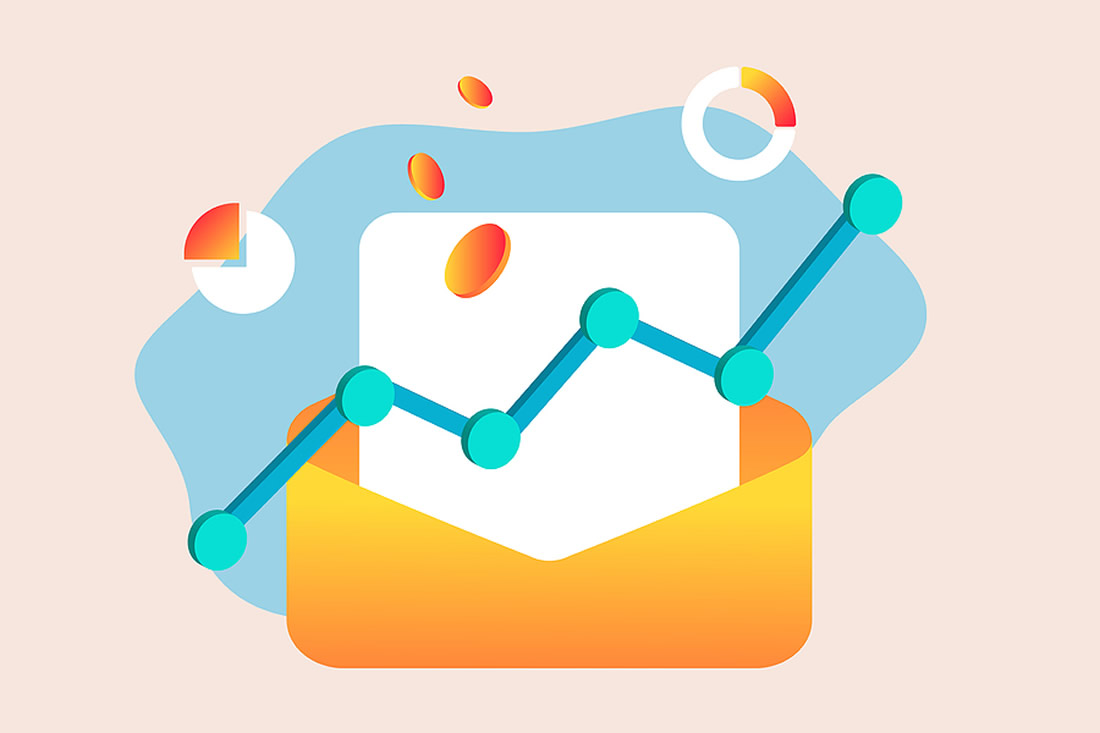The Future of Fundraising: AI and Capital Campaigns

Capital campaigns require strong planning, thoughtful communication, and consistent follow-through. The work is detailed, often time-consuming, and always worth doing well.
Artificial intelligence offers practical tools that help fundraising teams focus on relationships, stay organized, and communicate more clearly. When used wisely, these tools can support your campaign across every step.
AI isn’t here to replace fundraisers. It’s here to make your work easier, your outreach sharper, and your campaigns more strategic. Whether you’re drafting a case for support, preparing for a donor meeting, or managing post-campaign stewardship, AI tools can help you get more done — without losing the personal touch that matters most.
Understanding the AI Jargon (Without the Hype)
Before we dive into the tools making waves in the fundraising world, let’s clear up a few key terms:
- AI (Artificial Intelligence) — Technology that mimics human thinking, often used to automate tasks, generate insights, or create content.
- LLM (Large Language Model) — A type of AI trained on huge amounts of text to generate human-like language. Tools like ChatGPT are powered by LLMs.
- AI Agents — Systems that can break down goals into steps and complete tasks with minimal input or supervision.
- Predictive AI — Analyzes past data to estimate what is likely to happen in the future.
- Generative AI — Creates original content such as text, images, audio, or video based on a prompt.
Now, let’s look at the tools that are changing the game for capital campaign fundraisers:
Andie: The Capital Campaign Companion
We’d be remiss not to mention Andie, Capital Campaign Pro’s own AI-powered campaign companion.
Andie was designed specifically for capital campaign fundraisers, blending LLM capabilities with fundraising best practices. With Andie, you can:
- Draft or revise a case for support
- Analyze feasibility study conversations
- Summarize donor meeting notes
- Simulate gift conversations
- Generate donor communications
- Brainstorm ideas and scripts for campaign marketing
Whether you need to prep for a big ask or turn hours of meeting notes into useful insights, Andie’s got your back.
Fathom: Smarter Conversations with Donors
If you conduct donor interviews or feasibility studies via Zoom, Fathom is a must-have. This AI tool:
- Automatically transcribes and summarizes Zoom calls
- Highlights key takeaways and action items
- Frees you from notetaking so you can focus on the conversation
Instead of scrambling to recall what a donor said last week, you’ll have a searchable, structured summary ready to share with your team or your campaign consultant.
Practivated: Rehearse Like a Pro
Before walking into a donor meeting, wouldn’t it be nice to practice with someone who gives you instant, honest feedback?
That’s exactly what Practivated does. It lets you:
- Simulate donor conversations
- Practice your pitch or case delivery
- Receive real-time coaching and tips
Think of it as a flight simulator for fundraising. It’s especially powerful for board members or new fundraisers who need confidence and clarity going into big conversations.
ChatGPT & Claude: Drafting, Brainstorming, and Analysis
ChatGPT is a general-purpose LLM that fundraisers are using in a million creative ways. Its lesser-known but much-lauded competitive, Claude (by Anthropic), is just as powerful and frequently gives better results. During a capital campaign, they’re especially helpful for:
- Drafting case statements, appeal letters, or donor updates
- Turning rough notes into polished summaries
- Analyzing themes in feasibility study transcripts
- Brainstorming names for a campaign or public phase
Feel free to give both the same prompt and compare the results. We find that ChatGPT is better for short-form content, while Claude shines with longer-form content.
6 Tips for Using AI Prompts for Fundraising
Speaking of prompts, knowing how to ask these tools questions in a way that generates the best results is an acquired skill. You don’t need special language to use these tools well. Just be clear about the goal and the context. Here are six tips:
- Give it a role — Say who the agent should pretend to be.
Example: “You are a fundraising communications specialist writing for a nonprofit capital campaign.” - Be specific about the format — Ask for a paragraph, bullet points, a subject line, or a script.
Example: “Write a 150-word appeal email for major donors announcing the public phase of our campaign.” - Provide tone or style guidance — You can ask for a warm tone, a professional tone, or something friendly and informal.
Example: “Make the tone confident but grateful, not too formal.” - Use examples — Paste in a sample of your own writing and ask the tool to match the tone or structure.
Example: “Match the tone of this newsletter excerpt while explaining our campaign goals.” - Ask follow-up questions — You can ask the tool to revise or explain its suggestions.
Example: “Can you shorten this without losing the key message?” or “What other subject lines could I use instead?” - Avoid yes/no prompts — Instead of asking, “Is this good?” try, “How can this appeal be made stronger for mid-level donors?”
That gives the tool a better chance to respond with useful suggestions.
This approach saves time and helps you test different versions of your content before sharing with donors or your team.
Keep in mind: these tools aren’t fundraising experts (it’s the main reason why we trained Andie), but when used thoughtfully, and with human review and oversight, they can accelerate your creative and strategic work dramatically.
Momentum: Proactive Donor Engagement
Keeping your team organized and your donors engaged takes effort. Momentum is an AI-powered fundraising platform that helps you:
- Identify the next best action for each donor
- Track stewardship tasks and relationship progress
- Get nudges and suggestions for follow-up
Think of it as a donor engagement co-pilot, nudging you to move relationships forward in a timely, personalized way.
Dataro: Data-Driven Fundraising Decisions
Dataro brings predictive modeling into your existing donor database, helping you:
- Identify donors most likely to give, upgrade, or lapse
- Prioritize outreach to those with the highest potential
- Optimize mailing lists and appeal timing
This is especially useful during the quiet and public phases of a campaign when you need to focus your time and resources on the right donors. Dataro also integrates with many CRM platforms, making it a seamless addition to your fundraising stack.
Kindsight by iWave: AI-Enhanced Wealth Screening
Wealth screening is nothing new, but tools like Kindsight (from iWave) are bringing AI to the table in a whole new way. Kindsight offers:
- Predictive insights based on wealth, affinity, and past giving behavior
- Suggestions on ask amounts and timing
- Actionable profiles updated in real-time
If you’re already using a wealth screening provider, ask whether AI-powered features are included and if you’re leveraging them fully.
Superhuman, Gemini, and Grammarly: Better Writing, Better Inbox
Email overload is real during a capital campaign. These tools help tame the chaos:
- Superhuman: Uses AI to prioritize your inbox, speed up replies, and automate workflows. Think: Gmail on steroids.
- Gemini: Google’s AI assistant for Gmail and Google Slides. Drafts emails, suggests edits, and even helps you design polished pitch decks.
- Grammarly: Now powered by generative AI, Grammarly helps refine your writing, rewrite emails, or summarize long text. It can save you from embarrassing typos when you’re cranking out appeals or board updates.
These tools don’t just help you write faster; they help you write better.
Your Existing Tech Might Be Smarter Than You Think
Here’s a tip:
AI is already baked into many of the tools you use every day.
CRMs like Salesforce and Bloomerang are introducing AI-powered dashboards, recommendations, and segmentation tools. Email platforms may offer smart subject line suggestions. Your donor database might have AI-driven insights hiding in plain sight.
Don’t assume you need new software. Instead, start by asking your current vendors:
“What AI-powered features are we already paying for, and are we using them?”
AI Is a Tool, Not a Replacement
As we’ve written before, AI will never replace the strategy, empathy, and relationship-building that make fundraisers great. But it can make you more effective, more prepared, and less overwhelmed.
Use it to free up your time, surface hidden opportunities, and approach every phase of your campaign with clarity and confidence.
The smartest campaigns aren’t just powered by data; they’re led by people who know how to use it well.
Get the support you need to succeed.
With our approach, you get the support, expertise, and guidance you need — plus all the tools and materials — to make your campaign a success.



Leave a Comment